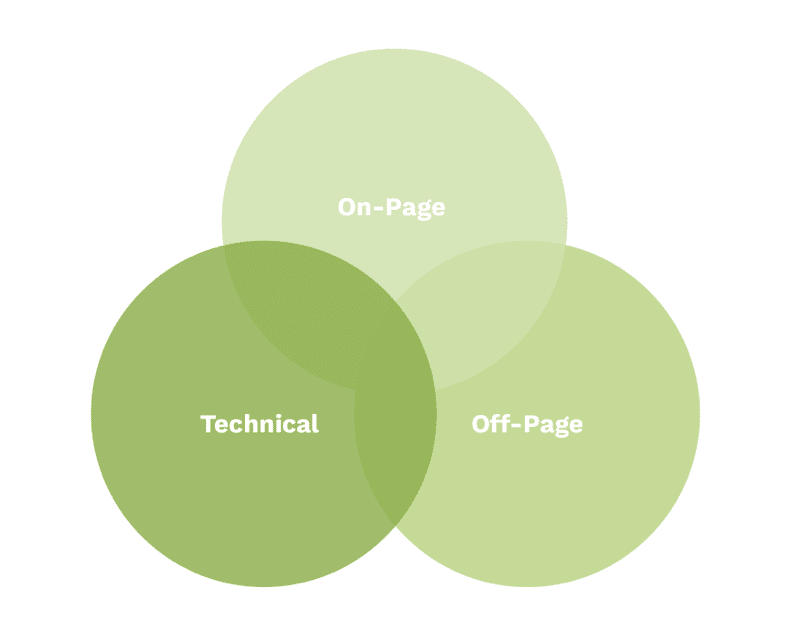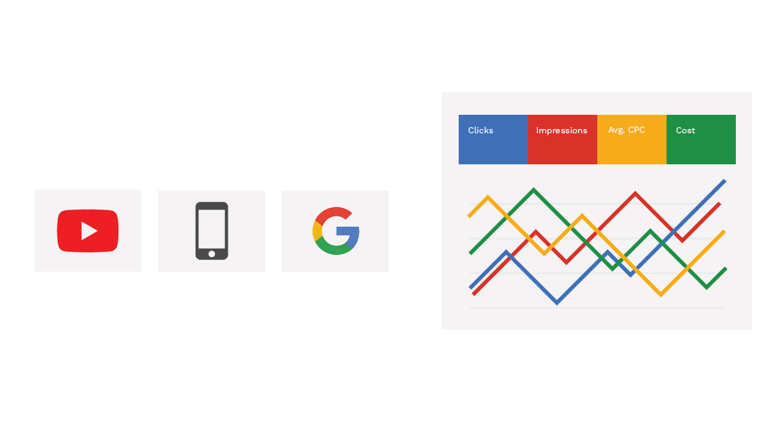With Smart Shopping and local campaigns gone, everybody is turning to Performance Max.
But since it’s relatively new, many advertisers find it hard to run, causing most of their campaigns to fail.
Fortunately, we’ve been running Performance Max ever since it was in beta. We made tons of mistakes…but we also learned a lot.
In this post, we’ll give you 5 tips on how to prevent your campaigns from failing.
Let’s dive in!
Table of Contents
1. Improve your SEO

If your website has subpar SEO, Performance Max might not work for you.
Performance Max goes after the relevant keywords on your website. If you’re using the wrong keywords, there will be some mismatch between your ads and your website, and oftentimes Google will go after the irrelevant keywords.
Find out what keywords your website is categorized for. Using Google’s Keyword Research Tool (under Tools and Settings>Keyword Planner), drop your URL inside the planner. If the keywords Google return are relevant, you’re in good shape.
Otherwise, you need to work on your SEO. Here are a couple of ways to do that:
1. Improve your on-page SEO. Check out these 5 On-Page Elements you can optimize.
2. Check Search Console to see if your site is indexed and your pages appear on Google. If your website isn’t properly indexed, it’s hard to get organic traffic. It’s going to be tough to rank on Google.
The good news is, once you’re ranking on Google, getting leads becomes faster and easier.
Unfortunately, not all leads are created equal. For lead generation, getting irrelevant leads is a huge pain—especially if you’re getting click farms.
2. Prevent Click Farms

One of the biggest reasons why Performance Max is harder for lead generation than eCommerce businesses is because of its high risk of heavy spam.
Thanks to click farms—”people” who click your ads but aren’t really interested in your services. You could be getting hundreds of leads a day, with seemingly real names and email addresses. But if they don’t engage with you when you contact them, one thing is for sure—they’re fake clicks. And they could eat your budget real fast if you don’t know how to avoid them.
Fortunately, we talked about how to create a filtering method for qualifying your leads here.
In a nutshell, all you have to do is make your forms harder to complete. Set up at least 15 questions on your form. The more questions you have, the easier it is to see the difference between legitimate leads and spam traffic.
To take it a step further, you can add elapsed time to the form. The theory is simple—those who complete your form faster are good candidates for spam.
Test this out by using different timeframes—10, 15, 20, and up to 30 seconds.
Once you find out that real leads take, say, an average of 20 seconds to fill out the form, then those who took 5 or 10 seconds to complete it are probably fraud. You can then send them to a different thank you page specifically for spam traffic.
3. Stop Products from Monopolizing Spend

Have a product that’s monopolizing your ad spend?
Sometimes, you might see a product that has good conversion rate but bad ROAS. For example, say you’re spending $1,000 for a campaign. Then, 50% of that goes to a single product and that product isn’t making the equivalent sale.
Well, that product is monopolizing your spend. While that’s not necessarily a bad thing, it’s not a good use of your spend.
To avoid this, you’ll want to split that product out into its own Performance Max campaign. It’s the same strategy we used for Smart Shopping.
But be careful. Make sure the product’s conversion value is actually the sale of that product. A lot of advertisers don’t know this but more often than not a product that gets the click doesn’t get the sale. It simply acts as the entry point for shoppers to buy another product.
If that’s the case, removing the product from its campaign also means you’re killing its cross-pollination capability.
4. Don’t Make Frequent Changes

One of the most common mistakes that advertisers make is making frequent changes in their campaigns.
Every time you make changes inside your campaigns, you’re resetting the algorithm. Doing this will only prolong the learning period that wastes your time.
See, it usually takes 3 – 6 weeks for the algorithm to learn. It’s important to wait and give it enough time to see the results of the changes you made.
Monitor your campaigns.
List down the things you want to change.
Then, once the learning period is over, that’s the time you can touch your campaign and make necessary optimizations based on what you have observed.
5. Optimize Your Content Above the Fold

Nothing disappoints prospects more than clicking an ad, then landing on a page that is different from what the ad copy promises.
It not only decreases trust, it also increases bounce rates—the percentage of people landing on your site and leaving without any interaction.
That’s why it’s important to optimize your “above the fold” content. If you don’t already know, “above the fold” is what your prospect sees when they first land on your site.
Whatever you say in your ad copy—may it be a feature, a benefit, or a CTA—it should appear on your destination page, too. This way, you’re maintaining ad continuity and fulfilling the promise you made in your ad.
But what if your above the fold content is great, yet your page is still not converting?
Then it’s time you tracked user behavior on your site. By using an app like HotJar or Clarity, you can learn what your prospects do when they land on your page.
Did they read the copy?
Which section did they spend more time on?
What were they doing before they left?
Understanding your users’ pain points can help you know exactly what to optimize on your landing page.
Learning how your prospects use your site is critical if you want to improve your offers, provide better service, and ultimately, get more businesses.
Author
Bryan is the marketing manager at Solutions 8, and has been on digital marketing since 2018. When he’s not working, you’ll find him working out at a local gym, reading personal development books, or playing music at home. He feels weird writing about himself in third person.
 Bryan Caranto
Bryan Caranto











